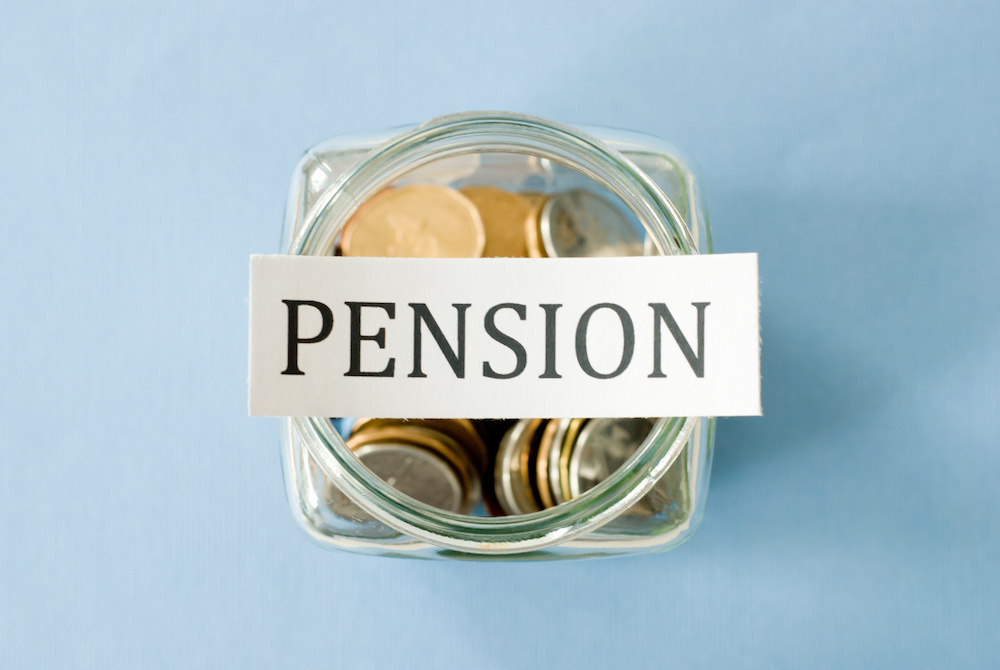The Government will look to nudge self-employed workers to save towards a pension with the help of tech but tax reliefs may provide more effective in the long-run.
The amount of self-employed workers who save towards their pension has more than halved in ten years, from 30 per cent in 2006/07 to 14 per cent in 2016/17 while self-employed workers grew from 3.3 million in 2001 to around 4.8 million this year. This has helped to create a self-employed pensions crisis in the UK.
The recently released paper, shows the Government will test a ‘range of trials’ to encourage the self-employed to save more, which could be through cash ISAs, into a pension scheme or a long-term savings vehicle and also says HMRCS Making Tax Digital could play a role in the future of self-employed people’s retirement savings.
It says it has engaged with fintechs Money Box, Plum, Chip, Portify and Trezeo – which allow people to commit a proportion of their income into savings vehicles as well as trade unions.
Gov will test with NEST
The Government will also work with the workplace pension scheme NEST to test different marketing messages to increase the rate of self-employed pension contributions. It may also test if nudging people through accounting software and invoicing systems will increase pension pay ins.
‘We are continuing to explore the opportunities provided by this type of technology to understand if and how it may help to improve access to saving among the self-employed,’ a Government statement said.
Further reading on the self-employed
- Employing self employed staff: A small business guide
- Have you got what it takes to start out as self employed?
- Pension saving options for self-employed workers and sole traders
Tax relief could help people save
Kay Ingram, director of public policy at financial advice group LEBC says, ‘The Government could help them by reintroducing carry back of pension savings tax relief.
‘Until 2006 it was possible to make pension contributions after the financial year end, but have them carried back to the previous year for income tax relief purposes. This rule was abolished to make pension saving simpler for HMRC to administer.’
Pension sidecar could help contributions
Jon Greer, head of retirement policy at wealth manager Quilter says, ‘To make pensions more appropriate for the self-employed, a pension ‘sidecar’ should be explored, a pool of money made accessible at any age in times of need – something that NEST is in the process of trialling.’
Pensions Minister Guy Opperman said, ‘Only around one in seven self-employed people were saving into a pension in 2016-17. Our trials are designed to make sure that this diverse group of people gets help to plan ahead for greater financial security and the lifestyle they aspire to in later life.
It appeared that enrolment for the self-employed was on the cards, as the Government commissioned Taylor Review, published in 2017, suggested that the self-employed pay in 4 per cent of their income into a specific product, with an option to opt out. This option has now been scrapped.
According to Which?, it’s estimated that couples need £26,000 a year to enjoy a comfortable lifestyle in retirement and £39,000 a year for a luxurious retirement.





